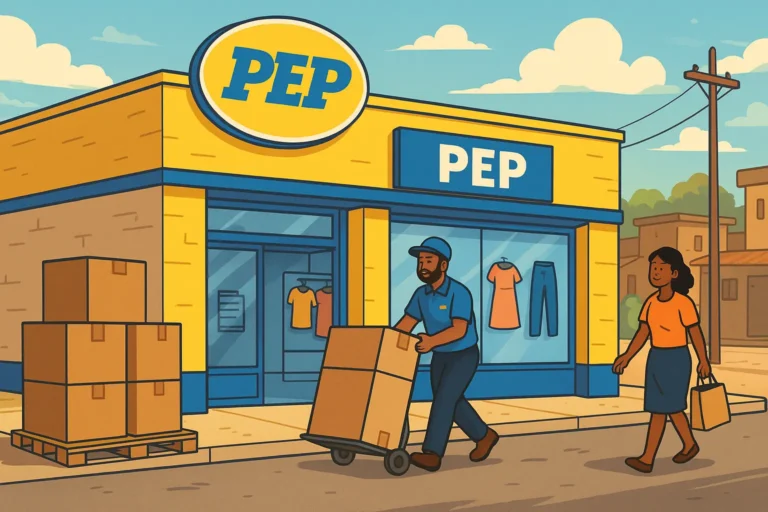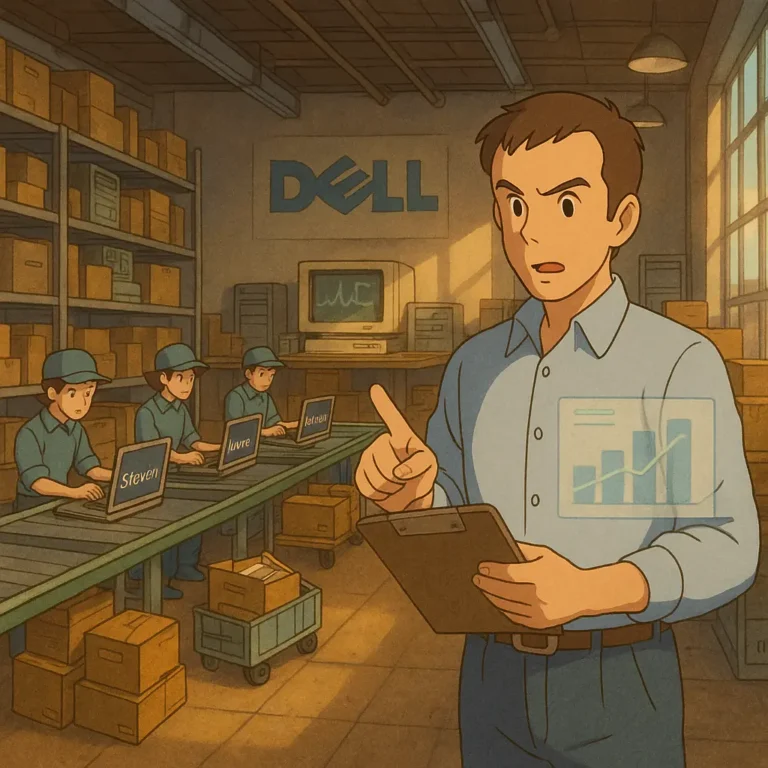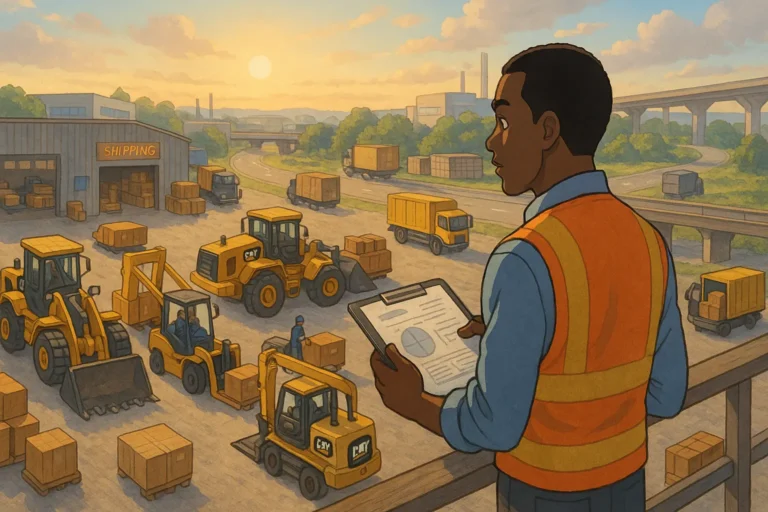
Supply chain rules give you the why and how to enforce discipline in your operations.
These rules are critical for ensuring success across the entire supply chain operations. Recently, supply chains faced a lot of disruptions worldwide, sparking innovative ideas and more decision-making for supply chain managers. However, amid all that, it may be more vital to stick to the supply chain management rules.
There are a few supply chain rules that, as supply chain managers, we should always be cautious of when making such decisions concerning our supply chain.
I have compiled them into four do’s and don’t to guide your supply chain management.
Supply Chain Management Do’s
Supply chain management do’s are practices and rules every supply chain manager and leadership should prioritize. It helps ensure that every stakeholder in the supply chain is doing their part to operate a seamless process.
Always Review The Supply Chain Process
This is one of the most important rules for modern supply chain operations, and it is made possible through technology.
It would help to take advantage of these technological advancements to review your supply chain constantly.
Recently, there have been a lot of technological advancements in supply chain management. Today, we have solutions that help with transparency and visibility, allowing for easy review of the entire supply chain. These solutions help by collecting and analyzing data to identify potential areas of improvement and innovation.
With a more comprehensive view of supply chain management, we can plan, assess possible disruptions and forecast demands.
Identify Areas of Innovation
Supply chains are constantly evolving, especially in the face of an economic crisis.
Recycling the same old supply chain practices will only ensure your supply chain gets left behind. In the face of increasingly stiff competition, innovation will help the supply chain gain an advantage and reduce the cost of operation. More importantly, it allows the supply chain operations to run seamlessly to satisfy consumer demands.
Supply chain innovation doesn’t have to be an epic process.
It could be as little as eliminating a redundant process in the supply chain. It could also be as massive as revamping the entire supply chain process.
Communication
Supply chains cannot afford to operate blindly any longer.
Communication is easily one of the most important factors. But many African supply chains fail where thus is concerned. The result? It only puts constraints on the supply chain operations and further complicates it.
With supply chains becoming increasingly complicated, communication has never been more essential to their survival.
Communication ensures that processes within the supply chain can transition seamlessly and work together simultaneously. Ultimately, it allows for the effective use of supply chain visibility. The supply chain can get the best out of partnerships or collaborations with internal and external stakeholders through communication.
This ability is instrumental in the wake of potential disruptors, which can be detrimental to any supply chain.
Risk Management
As a company or organization grows, the supply chain will continue to expand to accommodate new markets and increasing consumer demands.
Growth means partnering with more suppliers to get the best out of these markets.
But this is why risk management is critical. While expansion, growth, and increased partnerships are great, It is necessary to assess th risk involved. But it doesn’t just stop there. With the world changing constantly, there is a constant need to analyze existing markets, partners, and supply chain processes for potential risks.
Risk management analysis helps plan the supply chain effectively and avoid future disruptions to the supply chain.
Supply Chain Don’ts
These are common mistakes that businesses and supply chain managers make in a bid to manage the entire operation. They are ineffective and could disrupt the entire supply chain operation.
Don’t Treat Supply Chain Management As a One-Time Deal.
It is easy to establish a good supply chain management system and abandon it, expecting it to run itself.
While this may be possible for a while, the supply chain eventually breaks down. The reason is that supply chains are ongoing processes that require constant monitoring. It is like a machine that requires constant oiling to keep it running.
The supply chain relies heavily on the political, economic, and social climate.
One thing all of these have in common is that they are constantly changing. And the supply chain needs to be tweaked regularly to adjust.
Don’t Get Sidetracked By a Minor Issue.
Unfortunately, supply chain disruptions are common in any organisation or business.
They can be pretty uncomfortable. However, it is essential not to let them take attention away from the overall supply chain process while dealing with disruptions. An example is focusing on the failed delivery of one supplier when there are other suppliers in the supply chain network that you can easily tap to fill the role of the disappointing supplier.
Sometimes, that disappointment could cause a loss of time and resources, but focusing on it will only incur more losses for the supply chain.
A well-designed supply chain management system can typically withstand little disruptions. However, constantly removing perceived problematic players or processes in the system is important.
Don’t See Partnerships In The Short-Term
When collaborating with suppliers, taking a long-term approach to the process can be difficult, but that is how you set up your supply chain for success, especially in a world where the future is constantly changing.
Having a long-term approach allows you to learn the strengths and weaknesses of your partners. They also learn yours, giving both parties time to establish the best communication method. If the partner has flaws, such as sustainable practices, this is when you can work with them to improve as well. A long-term approach to partnerships or collaborations also gives you priority status where your partners are concerned.
Ultimately, it puts your supply chain in a good position whenever a crisis or shortage situation hits.
Don’t Be Afraid of Progress
Progress is inevitable.
It can be scary, especially in areas not ultimately explored. An example of this is the e-commerce space before the pandemic. The secret to any successful supply chain management is having a great foundation.
Great supply chain foundations entail applying supply chain models and principles, which let your supply chain expand, grow, and withstand disruptors without collapsing.
Once you have the right supply chain management, you should not be afraid to innovate and try new ideas that could benefit the supply chain and organisation.

Obinabo Tochukwu Tabansi is a supply chain digital writer & ghostwriter helping professionals and business owners across Africa explore various strategies that work and learn from the success and failures of various supply chains across the globe. He also ghostwrites social content for logistics & supply chain businesses









1 thought on “8 Supply chain Rules”